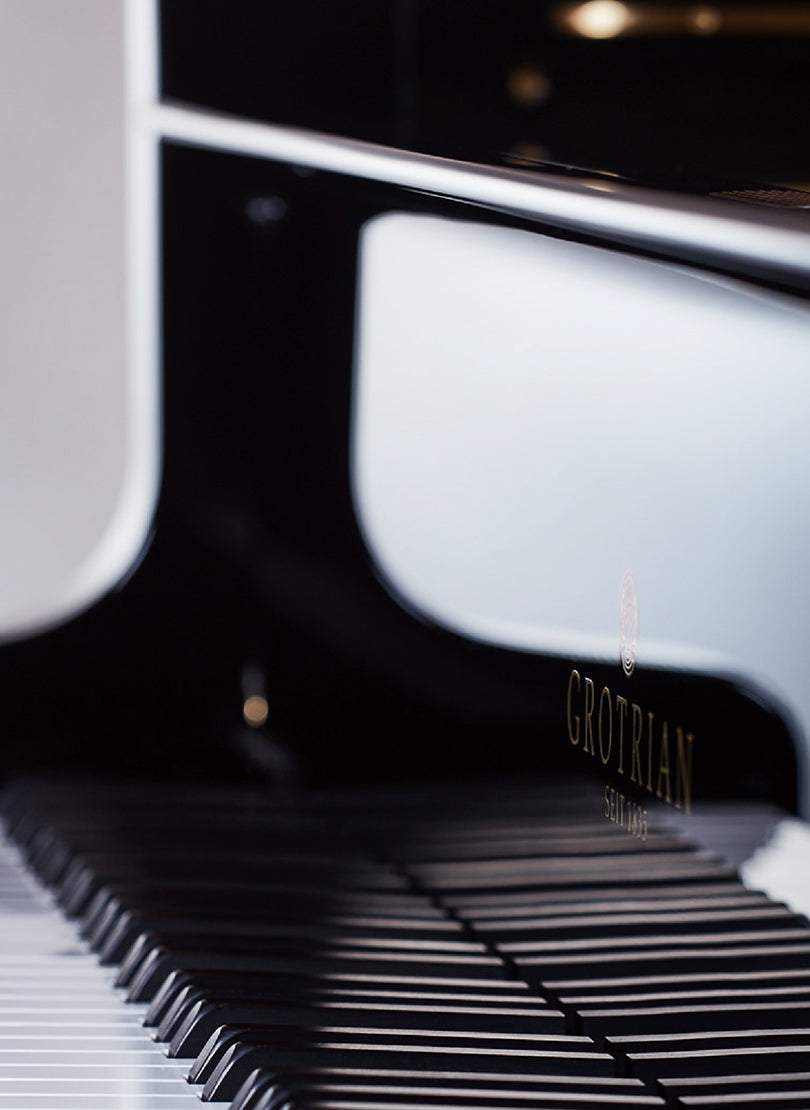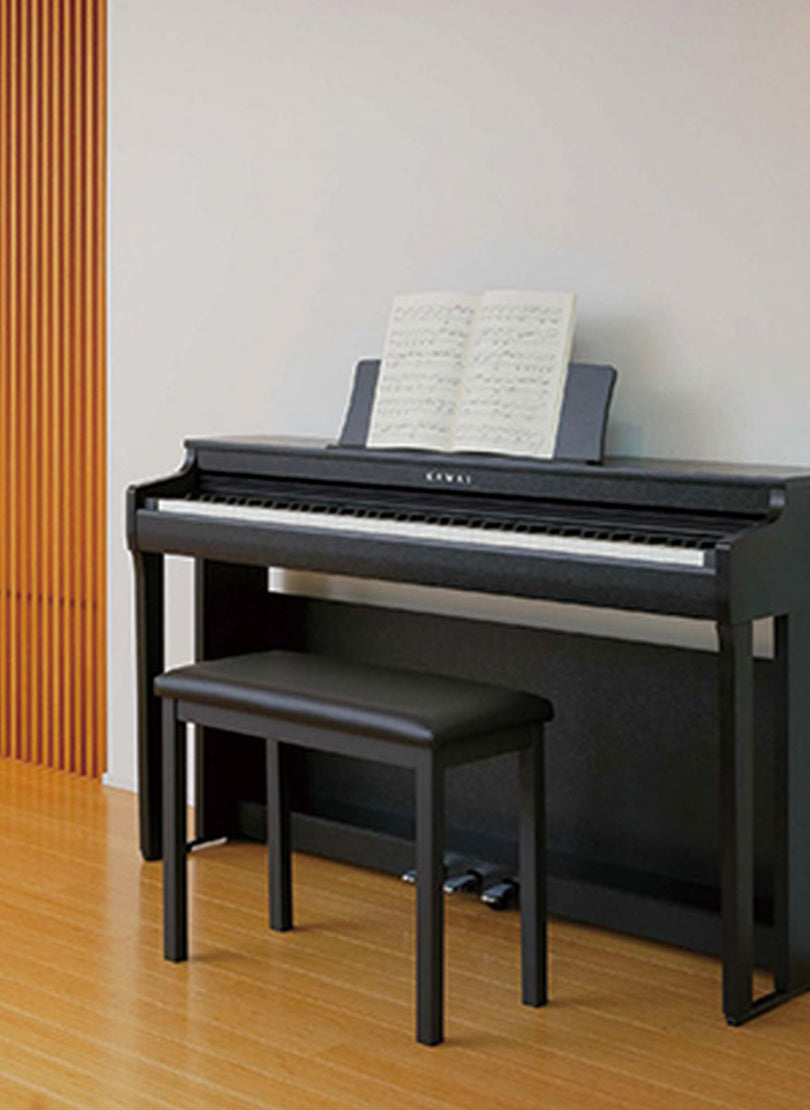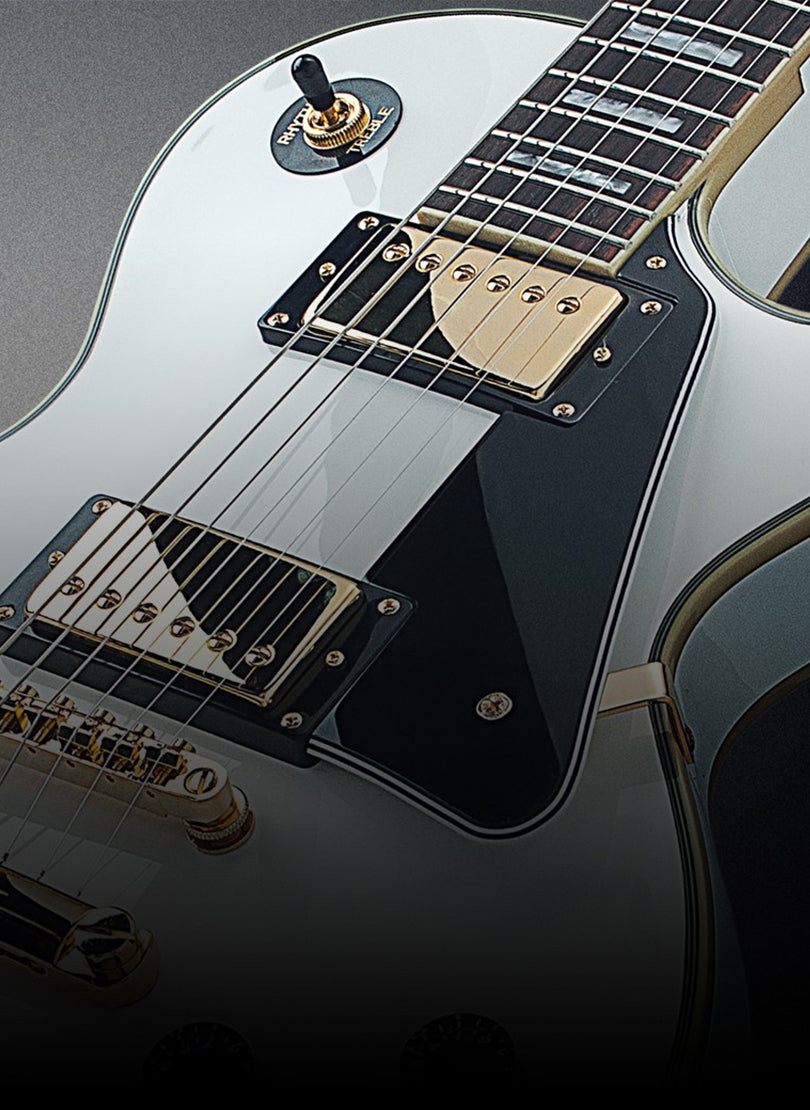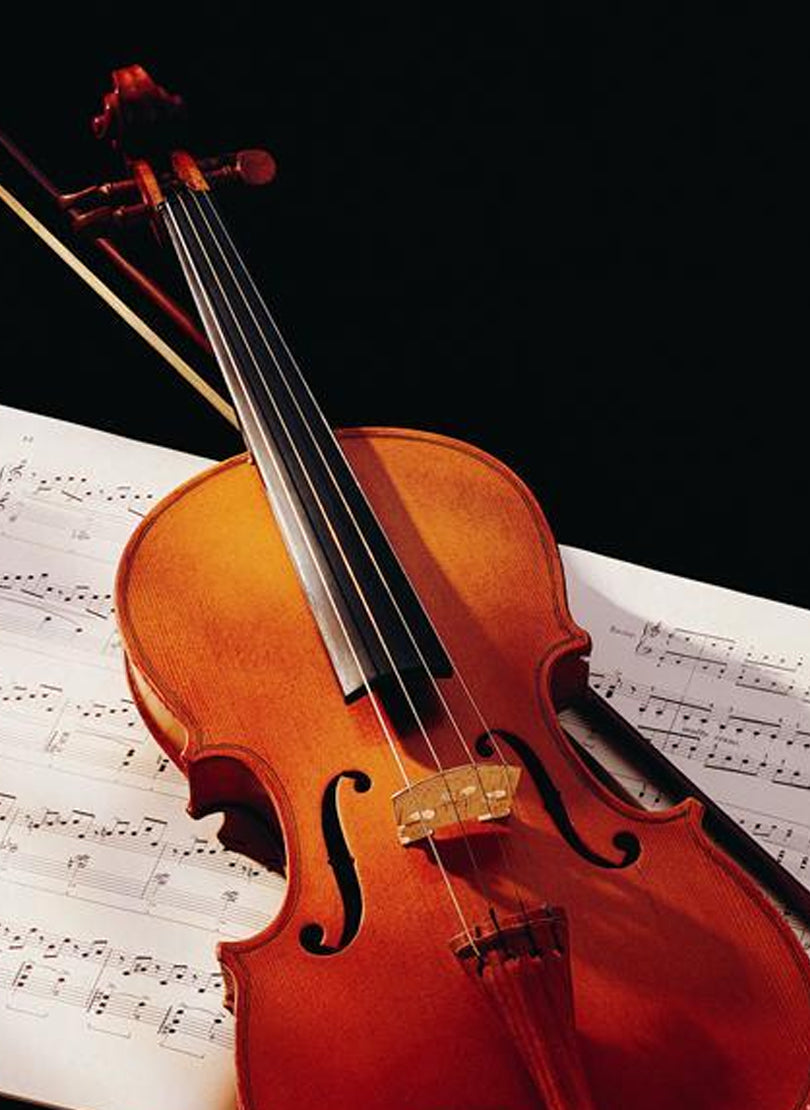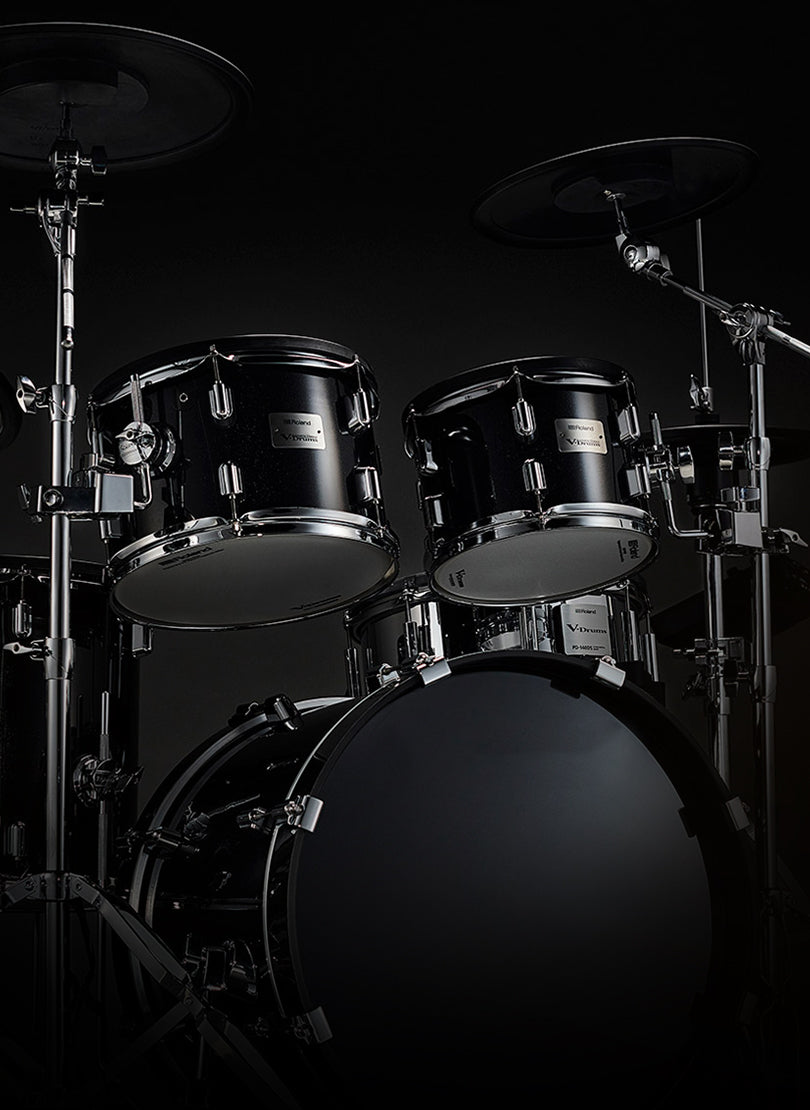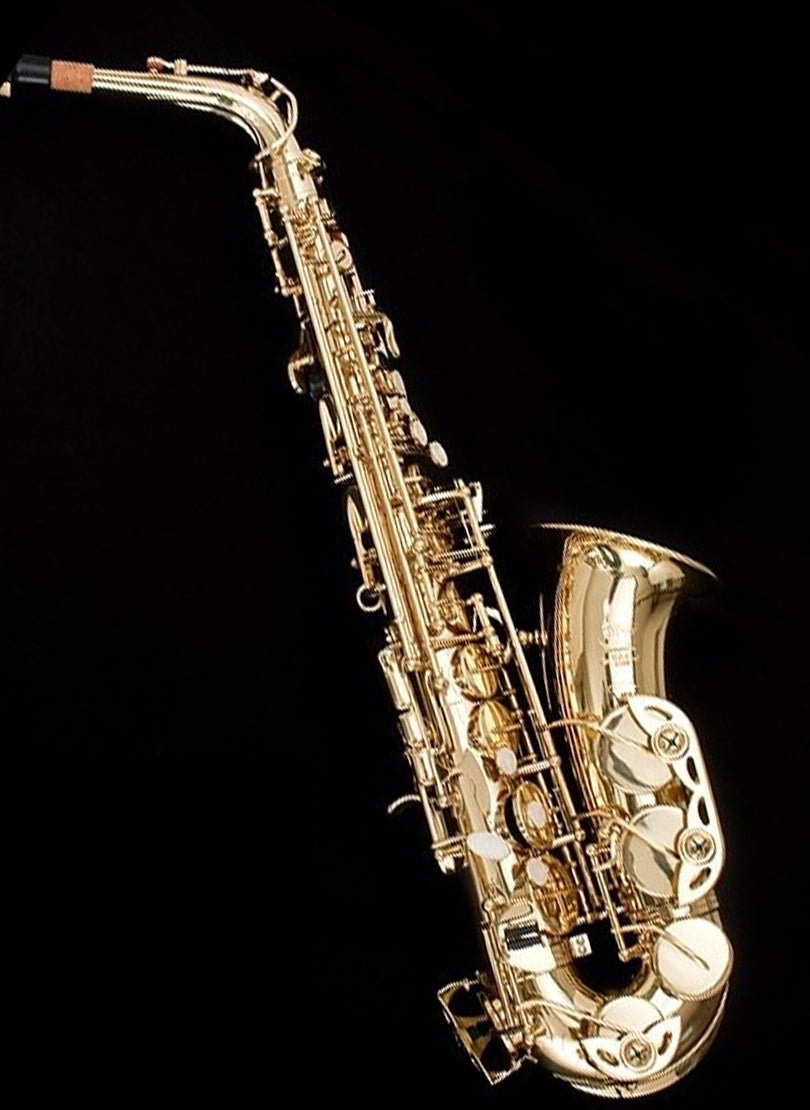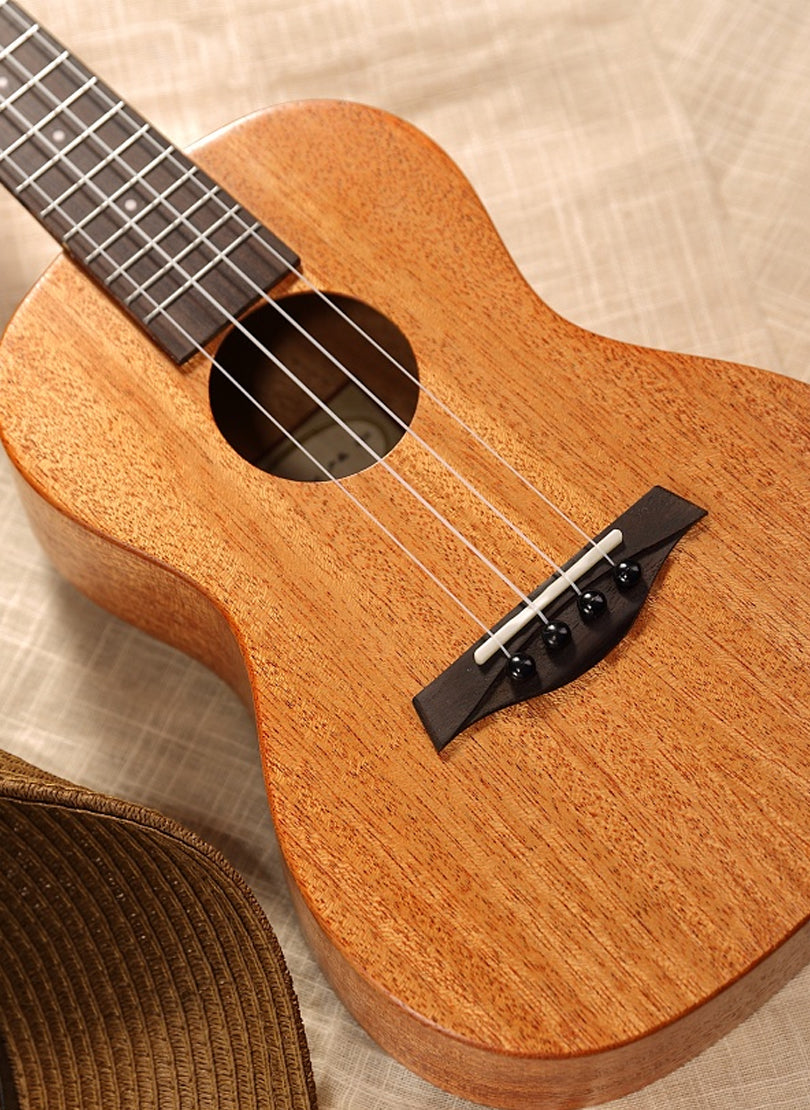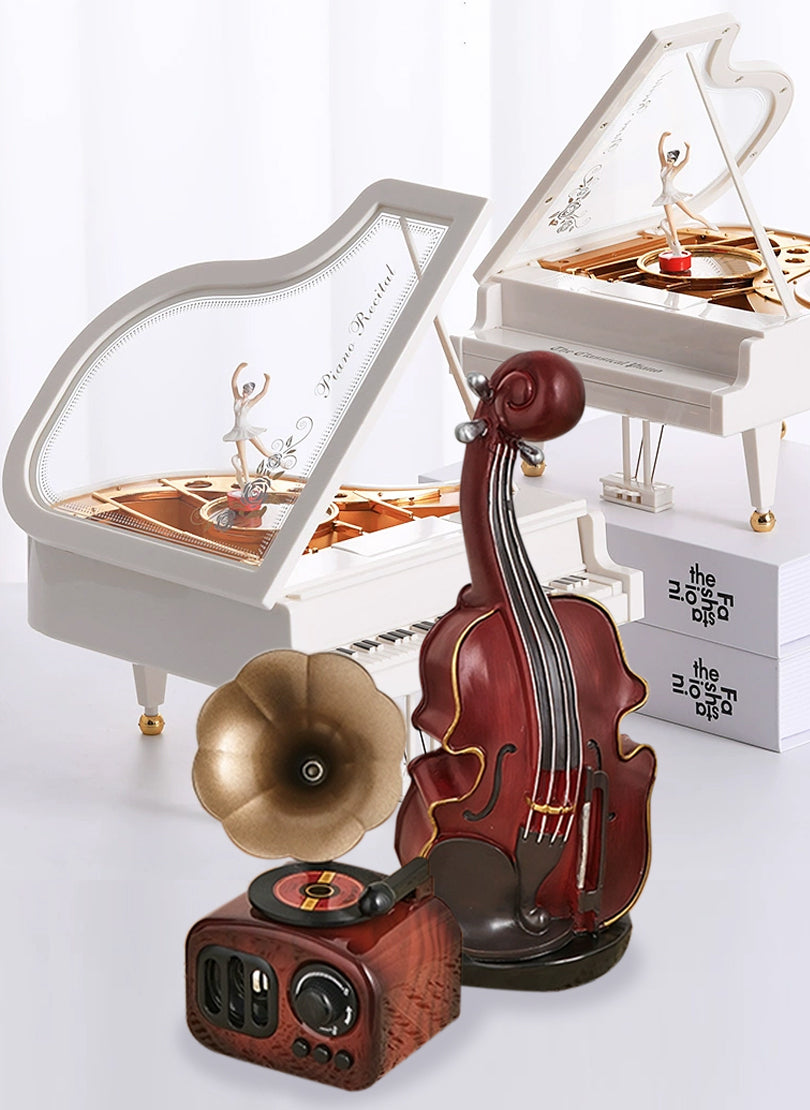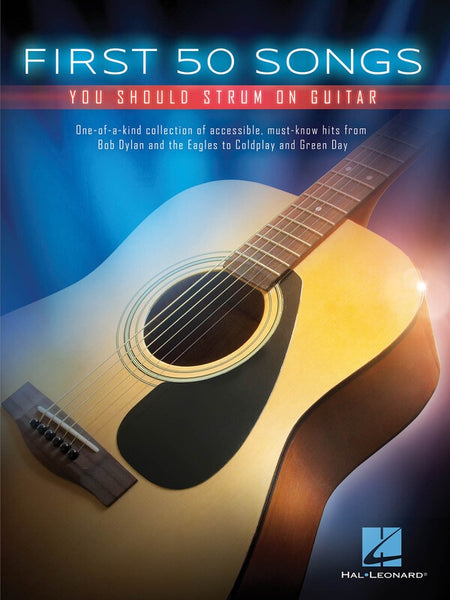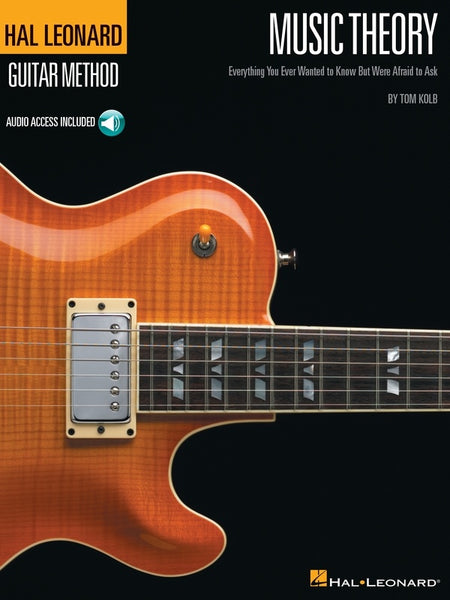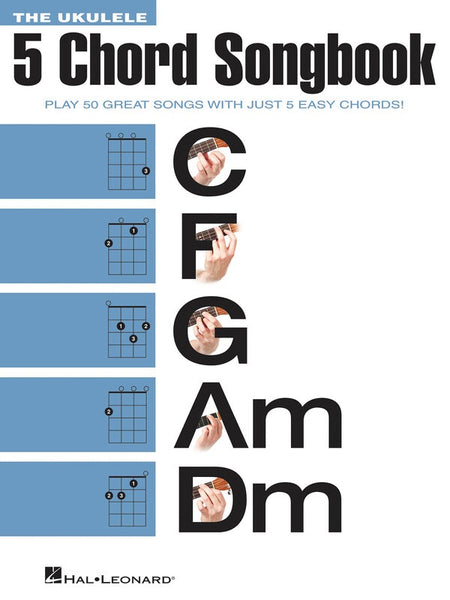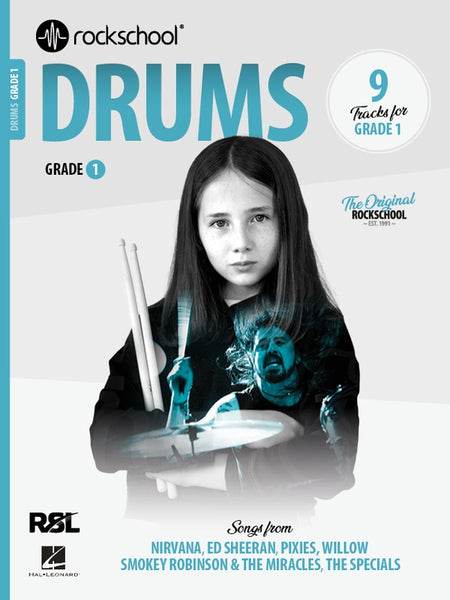CAGE - CHEAP IMITATIONFOR ALTO FLUTE/GLOCKENSPIEL/PIANO
Description
John Cage was always devoted to the music of Eric Satie. In 1970 Cage was supposed to create a new two-piano transcription of Satie's Socrate for a Cunningham dance, but he was unable to get permission from the publisher. Even worse, he could not even get performance rights to use the published piano-vocal score of Socrate. Cage's creative solution was to make a piano piece that maintained the exact metrical and phrase structure of Satie's Socrate, but with different notes, thus avoiding copyright issues. He called this piece Cheap Imitation. Cunningham responded by calling his dance Second Hand.
Feldman arranged Cage's piano version of Cheap Imitation for a trio of flute (doubling on alto flute and piccolo), piano, and glockenspiel. This is the same instrumentation that was used in Feldman's 1978 Why Patterns? and which (somewhat expanded) was the basis for two of his major works in the 1980s: Crippled Symmetry (1983) and For Philip Guston (1984). Feldman made his arrangement by simply taking the piano score of Cheap Imitation and adding indications about which notes were to be taken by the flute and which by the glockenspiel; unmarked notes were for the piano. Why did Feldman make this transcription? Takahashi didn't know; she was too moved by the gift to ask Feldman any questions about it.
This edition is the first published edition of Feldman's arrangement. It is a performance score. Three copies are needed for performance. The entire melody is printed in each part to facilitate continuity. The performers are only to play the large notes in their part.

